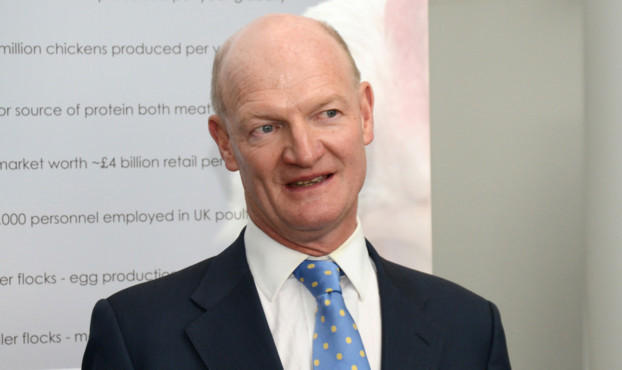Government files revealing the Tory appetite for imposing swingeing cuts on “pampered” Scots in the 1980s confirms history is repeating itself, says a Dundee MP.
A memo released this week under the 30-year rule reveals that Conservative peer David Willetts advised Margaret Thatcher that Scotland was a “juicy target” for cuts, which would help them win votes in England.
Stewart Hosie, who is the MP for Dundee East and a senior SNP figure, said the letter, written in January 1986, shines a light on the Tory mentality towards Scotland that continues with David Cameron today.
He said: “The Tory austerity agenda Scotland is currently enduring is one of choice, not necessity, and it has been going on for decades. They are doing the same under David Cameron as they did under Mrs Thatcher. It is a simple case of Tory history repeating itself.
“In the 1980s the Tory Westminster governments devastated much of Scotland’s industrial base and scarred communities and hit families with their policies.
“The papers reveal the language used by senior Tories in relation to Scotland. To describe Scotland as ‘pampered ‘ and a ‘juicy target’ may go some way to explaining why the Tories were wiped out in Scotland.”
Lord Willetts, who was the universities minister in Mr Cameron’s coalition government, was working as a Downing Street adviser when he advised Mrs Thatcher to extend her economic policies to Scotland.
“Ultimately, the question is a political one. The position of the Conservative party in Scotland is so bad that it might not deteriorate any further,” he said. “And the envious north of England might even welcome an attack on the pampered Scots over the border.”
The memo, released by the National Archives, was penned as many blamed the Thatcher government for the decline of Scotland’s manufacturing industry and a year before the hated poll tax which charged the same levy on individuals regardless of income was tested on Scots.
In the 1987 general election, the party lost 11 of its 21 MPs in Scotland.
Thatcher’s supporters insist she took difficult decisions to modernise the economy, while moving to reduce state dependence and encourage enterprise in Scotland.
Alex Johnstone, the Conservative MSP, said: “The SNP are never content unless they are stirring up trouble. Scotland continues to benefit from UK Government funding and a strong economy brought about by Conservative policies.
“Instead of complaining, Stewart Hosie would do well to remember that. His ill thought-out comments are simply for show and to hide the fact the SNP are making a complete mess of Scotland.”
